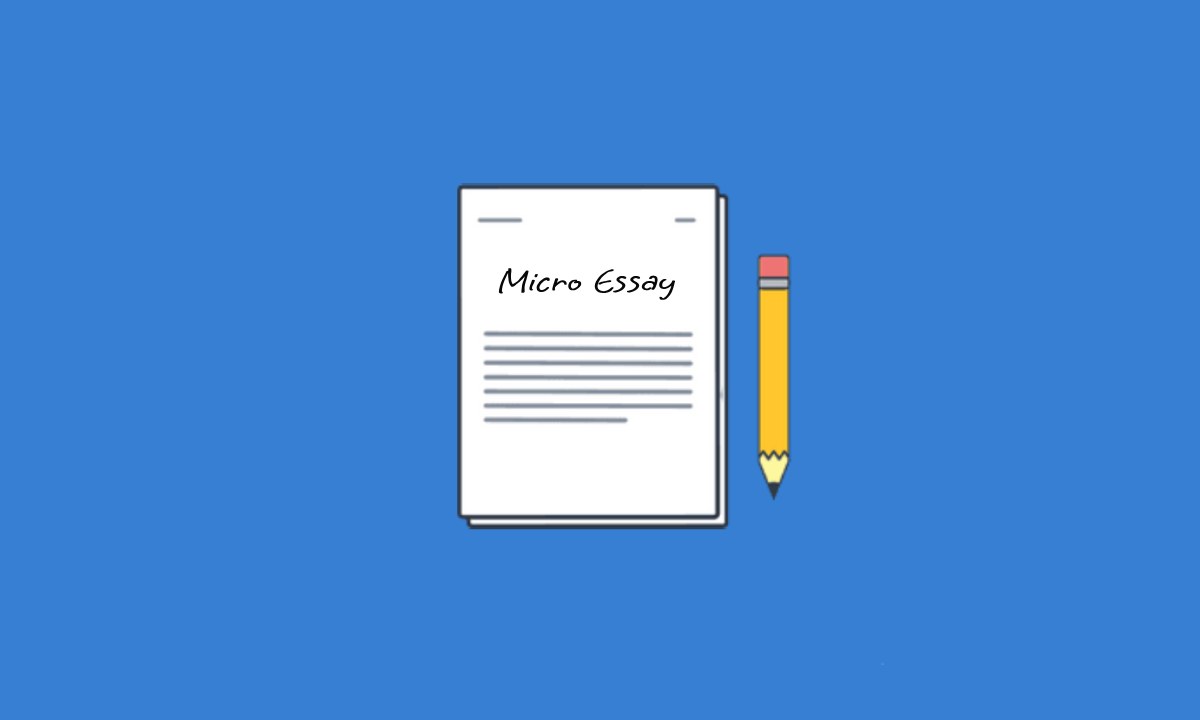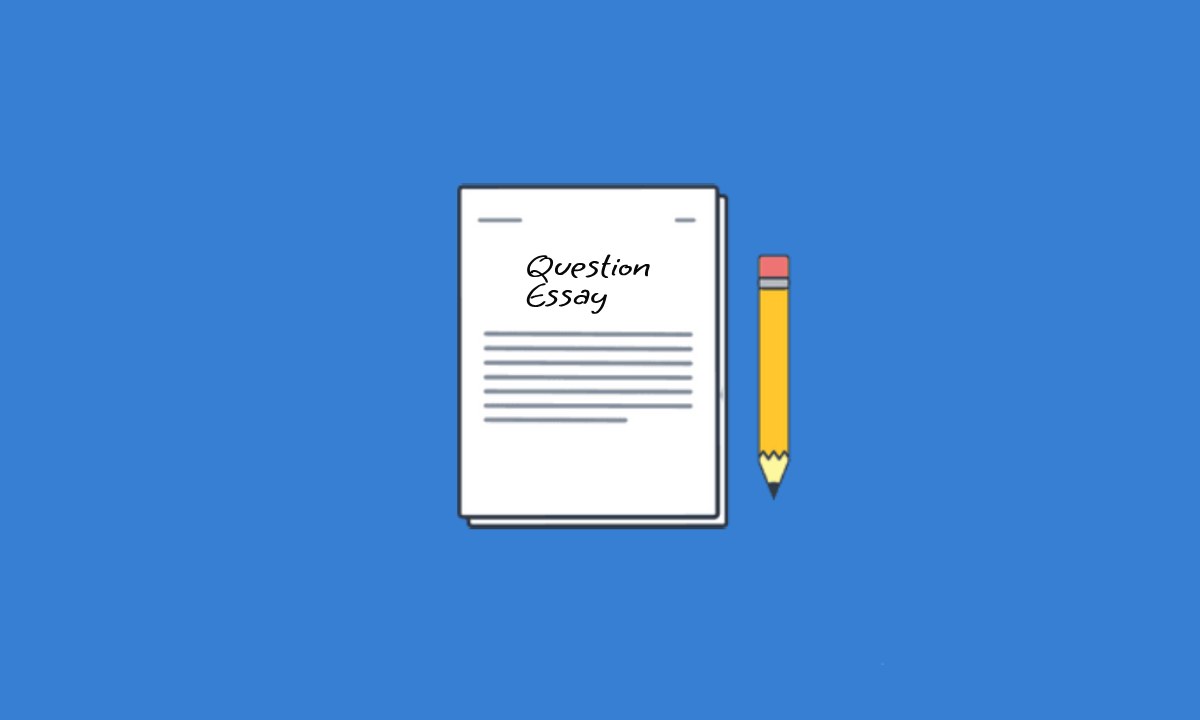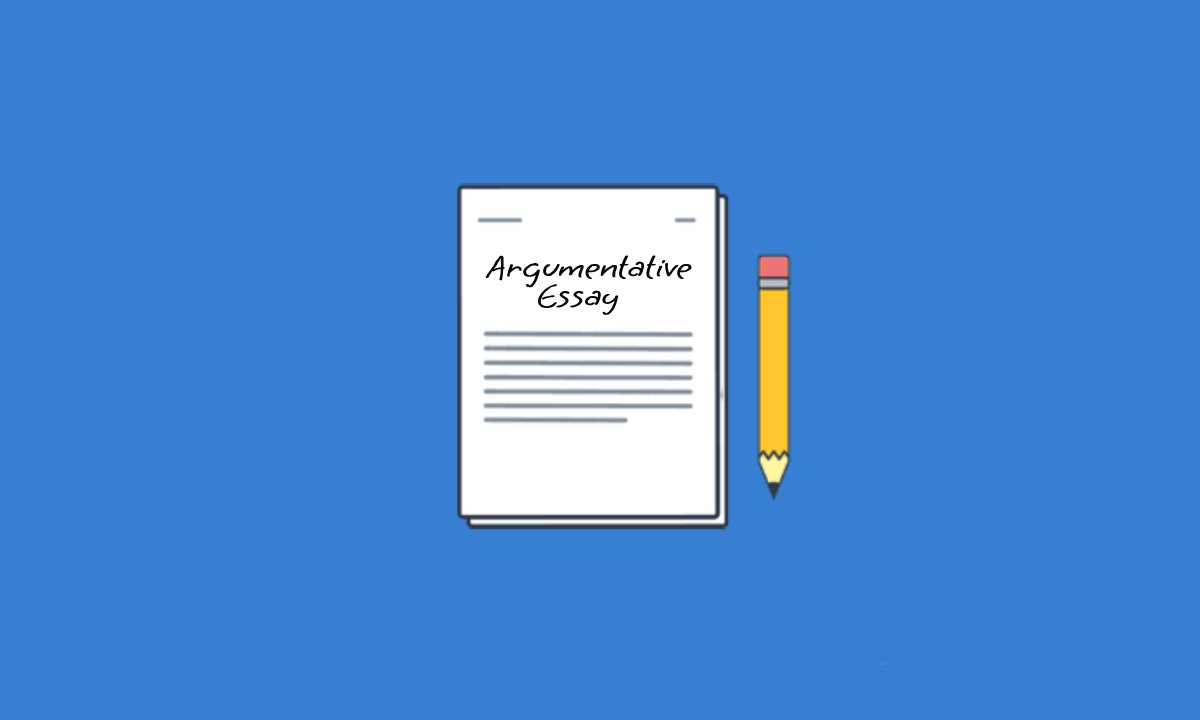A conclusion is the part of a text or essay that aims to recapitulate the ideas transmitted throughout its development and introduction.
One crucial aspect of a conclusion is to briefly synthesize the most relevant points, contributing to the knowledge explored throughout the text or essay. However, it’s important to avoid redundancy by not merely repeating what has already been written or introducing new information that hasn’t been previously mentioned.
The goal is not to leave loose ends for your reader but to clarify why your text matters and leave a lasting impression.
In real life, the best memories often stem from good endings. Reflect on your own experiences, and you’ll likely find that the most cherished memories are those with satisfying conclusions.
Similarly, in activities such as writing and reading, a good conclusion is essential. As a reader, you expect to end with a sense of satisfaction and new knowledge, driving you to seek more content on the same topic. As a writer or content producer, it’s crucial to ensure your conclusion satisfies the reader, sparking empathy and interest in what you’ve presented.
Writing is not just about making a good impression at the beginning and creating a compelling plot; it’s also about crafting a strong conclusion. If we invest effort into articulating our ideas, why not also conclude with finesse?
Today, let’s delve into how to craft an excellent conclusion to ensure reader satisfaction, particularly focusing on short essays, letters, and internet content, whether for Content Marketing strategies or personal blogs.
What constitutes a conclusion?
Contrary to common misconceptions, a conclusion is not merely a summary of everything previously stated in a text. Instead, it’s a pivotal opportunity to underscore the main idea or point of the writing.
In essence, a conclusion serves as a final chance to leave a memorable mark on the reader. Its objective is to reiterate why everything discussed is important, provide an explanation of the results obtained, and leave the door open to future topics related to your intellectual contribution.
Is it possible to achieve all this simultaneously? Absolutely. However, it’s essential to acknowledge that crafting a conclusion is no easy feat; it often presents the most significant challenges in the writing process, sometimes even surpassing the infamous writer’s block.
What should a conclusion include?
A well-constructed conclusion comprises three stages: purpose, problem, and possibility.
Let’s explore each one:
Purpose
The primary objective of a conclusion is to address any lingering doubts the reader may have about the topic. It should revisit the main points, demonstrating how you’ve addressed the problem discussed in the text.
Problem
Once the important points have been covered, the conclusion should reassure the reader that the text provides a viable solution. This involves emphasizing the central idea or argument of the text.
Possibility
Knowledge is an ongoing process, and your text is just a contribution to a broader theme. The conclusion provides an opportunity to encourage the reader to delve deeper into the subject matter. This can be achieved by inviting the reader to explore related topics, contribute their thoughts through comments, or implement what they’ve learned.
A good conclusion is as crucial as a strong introduction. Let’s create a checklist to ensure that essential elements are included in every conclusion:
Address the 3 Ps: purpose, problem, and possibility.
Highlight the main idea.
Summarize the strongest points.
Incorporate a call to action.
Create anticipation for future topics.
Emphasize the benefits of the knowledge imparted.
Additionally, the text should maintain consistency both in terms of its subject matter and structure. Each sentence should propel the reader forward, maintaining their attention from the title to the call to action.
How do you craft a conclusion? Here are three steps to achieve it perfectly:
Write an opening sentence
Avoid clichés such as “In conclusion” or “To conclude.” Instead, opt for phrases like “The evidence presented above demonstrates that” or “Finally…”
Avoid repetitions
While it’s essential to address the main points, refrain from repeating information verbatim. Utilize phrases like “Because of,” “As you can see,” or “For the reasons mentioned” to establish connections between ideas without redundancy.
Leave a lasting impression
A memorable conclusion lingers in the reader’s mind even after they’ve finished reading. Achieve this by posing provocative questions, issuing warnings, evoking imagery, issuing a call to action, suggesting outcomes, and more.
How long should a conclusion be?
The length of a conclusion varies depending on the type of text, audience, and complexity of the information presented. For a text like this, which ranges between 1000 and 1500 words, two paragraphs suffice for a conclusion. However, for longer texts such as research papers or essays, the conclusion may span one to four pages.
Let’s recap:
In crafting a conclusion, it’s essential to consider what to include and what to avoid:
A conclusion should NOT:
Introduce new information.
Merely repeat previously stated ideas.
Present new arguments.
Show lack of confidence in presenting the main argument.
Be redundant or inconsistent with the structure.
A conclusion SHOULD:
Review the main points.
Emphasize the importance of the topic.
Reiterate the results and impact concisely.
Motivate further reflection on the subject.
Encourage a specific action through suggestions.
11 examples of conclusions you can implement
In spite of varying a lot according to the type, textual genre and the person for whom you write, there are some principles of conclusions that can help you when elaborating the end of your textual productions. Look at some examples we brought:
1. Conclusion that takes up the introduction
This type of conclusion is the most classic of all. Imagine the following situation: you have produced a text about fashion, in which you have stated in the introduction that the trend of the next season is to dress in colorful clothes. The conclusion could be something like:
“So knowing that the tendency of the next season is to dress by mixing different colors (picking up on an important fact that you have presented previously) , we can expect much more cheerful and intense looks in the coming months.”
2. Conclusion with question
Another interesting artifice you can use is to ask a question with a more challenging tone to instigate your reader and lead him to take an action. This example is more appropriate for informal messages, so always remember to verify who you will write for.
You can use “What do you think about the article? “Or ” And then, you stay out of this trend? ” . Let your imagination flow and think well about different ways to motivate the interaction.
3. Conclusion with conjunctions
Conjunctions such as “therefore , ” “in short , ” “that way,” and others, are good options for connecting the development and the conclusion. Conjunctions are also always welcome when joining the ideas of a text, once they leave the content more organized and fluid.
4. Conclusion with analysis/suggestion
Some types of texts ask for a firmer opinion of the author. If that is your case, the conclusion is an excellent space for you to present a quick analysis and, if possible, even leave a suggestion for who is reading. An example:
After learning all the tips to finalize your texts, we recommend that you continue practicing always, after all, the best way to improve your writing is to start writing!
5. Predictive conclusion
This is the conclusion that demonstrates a thought about the future, based on facts of the present. That is, it makes assumptions taking into account current trends.
6. Conclusion with anecdote
Concluding the story with a fortunate fact allows us to recover the central idea of the text using the reader’s imagination and imagination. It is very useful when the purpose is to leave a memorable memory.
7. Conclusion with brief statements
The conclusion with affirmations can raise the main points in depth, representing the true end of the text through a phrase that sounds like an echo for what has been addressed above.
8. Reflective conclusion
This type of conclusion brings, through the question, the reflection on the unresolved issues, the problems that remain open or the hypotheses about the future. The objective here is to leave the reader thoughtful about the subject addressed.
9. Conclusion by appointment
Quoting phrases from famous people, especially if they are related to the subject, gives authority and serves to express the conclusion through an incredible source of knowledge.
10. Conclusion with problem solving
Here the main problem presented in the text is solved (or solutions are suggested), properly informing resolutions that are applicable and significantly affect the conclusion.
11. Conclusion with analogy
To conclude with an analogy means to establish in the end a relationship between the subject addressed and a situation that has similarities with it.
What is the conclusion we reached on the subject?
It is not difficult to close cycles when it is clear what the route has been, right? A conclusion only emerges when experience and the quest for information result in self-knowledge.
The conclusion must carry the same force as the introduction or body of the text.
Just as the objective of each sentence within a text is to propel the reader to the next, the conclusion is tasked with summarizing in detail all that you aimed to demonstrate, so that the reader believes in your work and returns for more.
Or at least, that’s what we strive to achieve here: assisting people with the information gleaned from experience and research. In this case, it’s about how to craft a conclusion using simple and applicable steps. Afterwards, we suggest that you convey what you’ve learned through your own writing, sparking interest to continue engaging with the blog.



